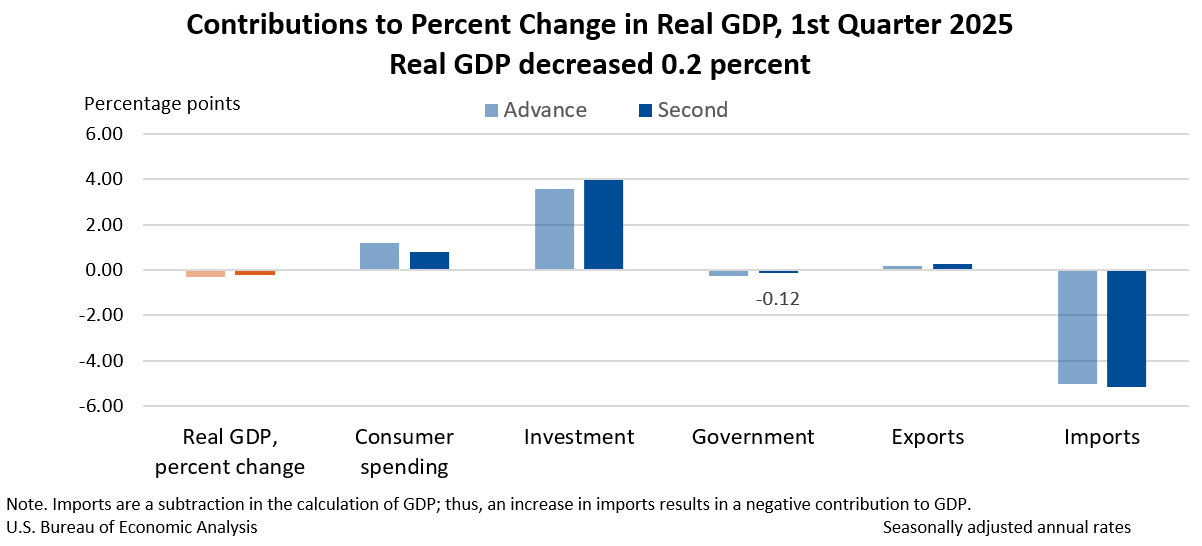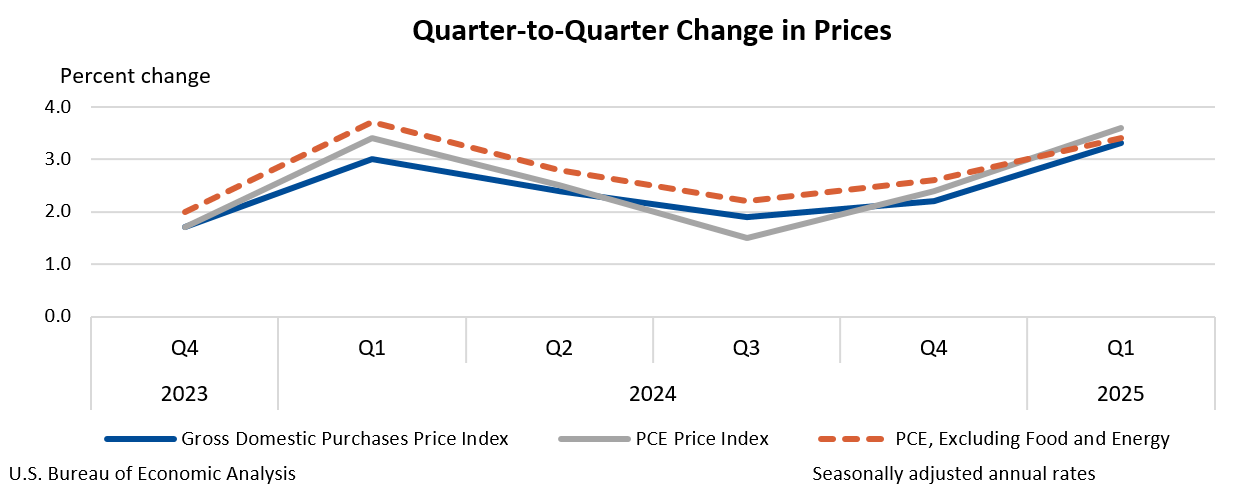NEW YORK — The typical compensation package for chief executives who run companies in the S&P 500 jumped nearly 10% in 2024 as the stock market enjoyed another banner year and corporate profits rose sharply.
Many companies have heeded calls from shareholders to tie CEO compensation more closely to performance. As a result, a large proportion of pay packages consist of stock awards, which the CEO often can’t cash in for years, if at all, unless the company meets certain targets, typically a higher stock price or market value or improved operating profits.
The Associated Press’ CEO compensation survey, which uses data analyzed for The AP by Equilarincluded pay data for 344 executives at S&P 500 companies who have served at least two full consecutive fiscal years at their companies, which filed proxy statements between Jan. 1 and April 30.
Here are the key takeaways from the survey:
The median pay package for CEOs rose to $17.1 million, up 9.7%. Meanwhile, the median employee at companies in the survey earned $85,419, reflecting a 1.7% increase year over year.
CEOs had to navigate sticky inflation and relatively high interest rates last year, as well as declining consumer confidence. But the economy also provided some tail winds: Consumers kept spending despite their misgivings about the economy; inflation did subside somewhat; the Fed lowered interest rates; and the job market stayed strong.
The stock market’s main benchmark, the S&P 500, rose more than 23% last year. Profits for companies in the index rose more than 9%.
“2024 was expected to be a strong year, so the (nearly) 10% increases are commensurate with the timing of the pay decisions,” said Dan Laddin, a partner at Compensation Advisory Partners.
Sarah Anderson, who directs the Global Economy Project at the progressive Institute for Policy Studies, said there have been some recent “long-overdue” increases in worker pay, especially for those at the bottom of the wage scale. But she said too many workers in the world’s richest countries still struggle to pay their bills.
Rick Smith, the founder and CEO of Axon Enterprises, topped the survey with a pay package valued at $164.5 million. Axon, which makes Taser stun guns and body cameras, saw revenue grow more than 30% for three straight years and posted record annual net income of $377 million in 2024. Axon’s shares more than doubled last year after rising more than 50% in 2023.
Almost all of Smith’s pay package consists of stock awards, which he can only receive if the company meets targets tied to its stock price and operations for the period from 2024 to 2030. Companies are required to assign a value to the stock awards when they are granted.
Other top earners in the survey include Lawrence Culp, CEO of what is now GE Aerospac e ($ 87.4 million), Tim Cook at Apple ($74.6 million), David Gitlin at Carrier Global ($65.6 million) and Ted Sarandos at Netflix ($61.9 million). The bulk of those pay packages consisted of stock or options awards.
The median stock award rose almost 15% last year compared to a 4% increase in base salaries, according to Equilar.
“For CEOs, target long-term incentives consistently increase more each year than salaries or bonuses,” said Melissa Burek, also a partner at Compensation Advisory Partners. “Given the significant role that long-term incentives play in executive pay, this trend makes sense.”
Jackie Cook at Morningstar Sustainalytics said the benefit of tying CEO pay to performance is “that share-based pay appears to provide a clear market signal that most shareholders care about.” But she notes that the greater use of share-based pay has led to a “phenomenal rise” in CEO compensation “tracking recent years’ market performance,” which has “widened the pay gap within workplaces.”
Some well-known billionaire CEOs are low in the AP survey. Warren Buffett’s compensation was valued at $405,000, about five times what a worker at Berkshire Hathaway makes. According to Tesla’s proxy, Elon Musk received no compensation for 2024, but in 2018 he was awarded a multiyear package that has been valued at $56 billion and is the subject of a court battle.
Other notable CEOs didn’t meet the criteria for inclusion the survey. Starbucks’ Brian Niccol received a pay package valued at $95.8 million, but he only took over as CEO on Sept. 9. Nvidia’s Jensen Huang saw his compensation grow to $49.9 million, but the company filed its proxy after April 30.
At half the companies in AP’s annual pay survey, it would take the worker at the middle of the company’s pay scale 192 years to make what the CEO did in one. Companies have been required to disclose this so-called pay ratio since 2018.
The pay ratio tends to be highest at companies in industries where wages are typically low. For instance, at cruise line company Carnival Corp., its CEO earned nearly 1,300 times the median pay of $16,900 for its workers. McDonald’s CEO makes about 1,000 times what a worker making the company’s median pay does. Both companies have operations that span numerous countries.
Overall, wages and benefits netted by private-sector workers in the U.S. rose 3.6% through 2024, according to the Labor Department. The average worker in the U.S. makes $65,460 a year. That figure rises to $92,000 when benefits such as health care and other insurance are included.
“With CEO pay continuing to climb, we still have an enormous problem with excessive pay gaps,” Anderson said. “These huge disparities are not only unfair to lower-level workers who are making significant contributions to company value – they also undercut enterprise effectiveness by lowering employee morale and boosting turnover rates.”
For the 27 women who made the AP survey — the highest number dating back to 2014 — median pay rose 10.7% to $20 million. That compares to a 9.7% increase to $16.8 million for their male counterparts.
The highest earner among female CEOs was Judith Marks of Otis Worldwide, with a pay package valued at $42.1 million. The company, known for its elevators and escalators, has had operating profit above $2 billion for four straight years. About $35 million of Marks’ compensations was in the form of stock awards.
Other top earners among female CEOs were Jane Fraser of Citigroup ($31.1 million), Lisa Su of Advanced Micro Devices ($31 million), Mary Barra at General Motors ($29.5 million) and Laura Alber at Williams-Sonoma ($27.7 million).
Christy Glass, a professor of sociology at Utah State University who studies equity, inclusion and leadership, said while there may be a few more women on the top paid CEO list, overall equity trends are stagnating, particularly as companies cut back on DEI programs.
“There are maybe a couple more names on the list, but we’re really not moving the needle significantly,” she said.
Equilar found that a larger number of companies are offering security perquisites as part of executive compensation packages, possibly in reaction to the December shooting of UnitedHealthCare CEO Brian Thompson.
Equilar said an analysis of 208 companies in the S&P 500 that filed proxy statements by April 2 showed that the median spending on security rose to $94,276 last year from $69,180 in 2023.
Among the companies that increased their security perks were Centene, which provides health care services to Medicare and Medicaid, and the chipmaker Intel.
__
Reporters Matt Ott and Chris Rugaber in Washington contributed.







